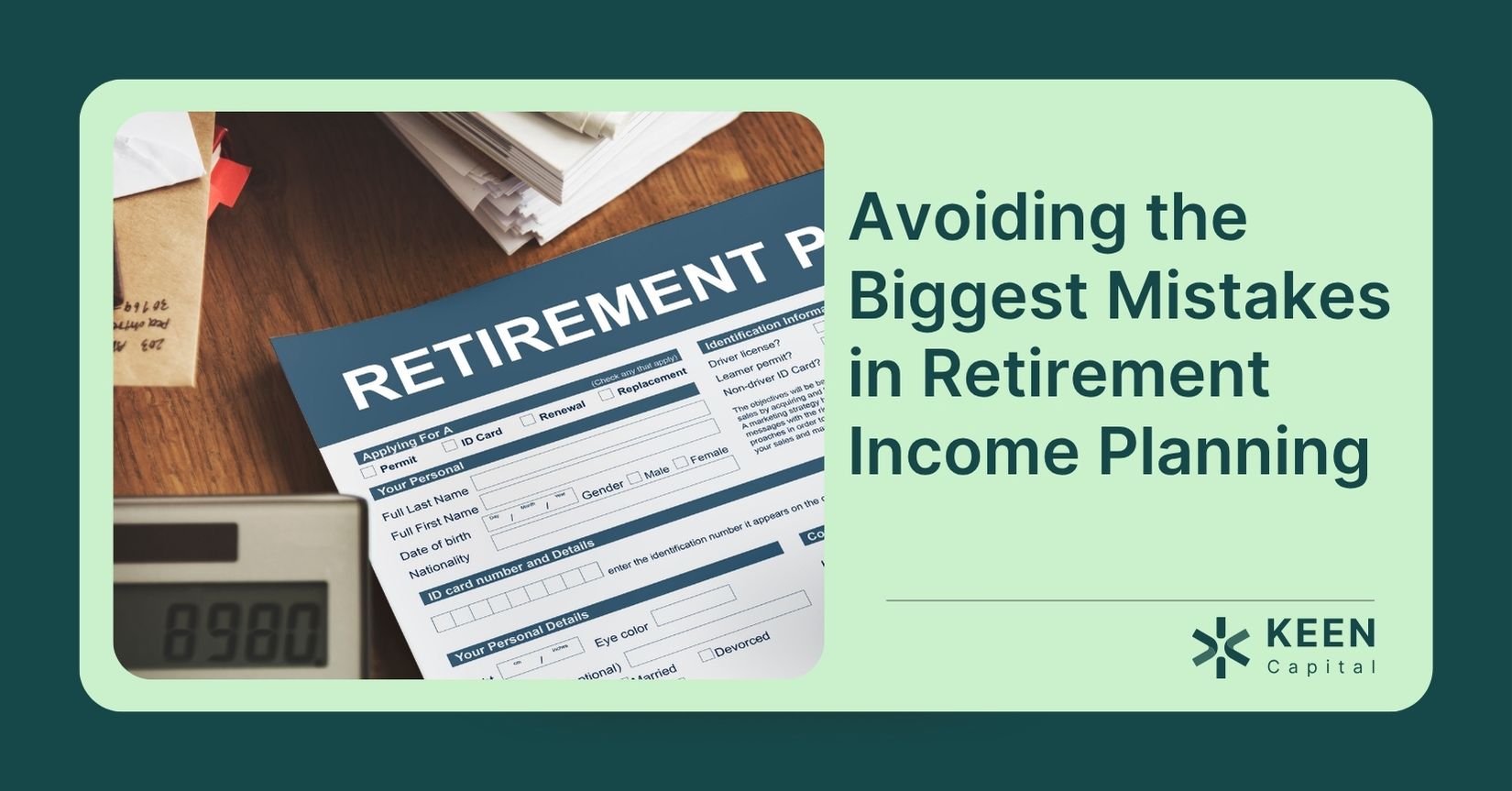As your investment account grows, your tax bill usually grows with it.
In the beginning, taxes might not feel like a big deal. Maybe you were just getting started and didn’t have a lot of capital gains.
But as your balances get bigger, the IRS starts taking a bigger bite. That’s when it makes sense to ask: what can we actually do about this? How can we keep more of our money growing instead of sending it off in taxes?
One answer is to use a combination of smarter investing tools. That includes something called an SMA, along with strategies like tax-loss harvesting and direct indexing.
If you’re asking, “What is an SMA?” and if those words don’t mean much to you yet, don’t worry. Let’s take it one step at a time.
Start with the SMA
SMA stands for Separately Managed Account. All that really means is this: you own the actual investments in your account, not just a piece of a big fund.
Most people are used to investing in mutual funds or ETFs. You put in your money, it gets pooled with everyone else’s, and the fund manager decides what to buy and sell.
You don’t have much say, and you don’t directly own the stocks or bonds inside.
With an SMA, it’s different. You’re the owner of each investment in your account. If your advisor buys 50 shares of a company for you, those are yours.
Not held in a fund, not blended with someone else’s account.
That gives you more visibility and more flexibility, especially when it comes to managing taxes.
Next, Tax-Loss Harvesting
Now that you own your investments directly, you can do something called tax-loss harvesting.
The name sounds technical, but here’s the basic idea.
If you bought a stock at $100 and now it’s worth $75, you’ve got a $25 loss. You might not feel great about that, but that loss can actually help you.
If you sell the stock, that $25 loss becomes something you can use to cancel out gains elsewhere in your portfolio. That means less tax owed.
Let’s say you made $25 of profit on another stock. Without harvesting, you’d pay taxes on that full $25 gain. But if you’ve got a $25 loss to match it, the two cancel each other out. No taxes owed on the gain. And if you have more losses than gains, you might even be able to lower your regular income taxes too.
This isn’t just a once-a-year thing. If you’re managing your investments proactively, you can look for these opportunities all year long. That’s part of what makes the strategy so powerful.
And again, you need to own the actual investments, which is why it works best inside an SMA.
Then Comes Direct Indexing
Direct indexing is another piece of the puzzle. It’s a different way to invest in the stock market.
Let’s say you want to invest in the S&P 500, which is just a list of 500 of the biggest companies in the US. Most people would just buy a fund that tracks the S&P 500.
That’s simple, but it doesn’t give you much flexibility. You’re locked into the fund, and you can’t pick and choose what’s inside.
With direct indexing, you skip the fund and buy the 500 companies directly. So instead of owning one thing that holds 500 stocks, you own all 500 stocks yourself. That gives you more control. If a few of those companies drop in value, you can sell just those for a tax loss and leave the rest of your portfolio intact.
Direct indexing also lets you customize your portfolio. You can avoid industries you don’t want to invest in. You can adjust for company stock you already own. You can build around your specific tax situation. You can also avoid common pitfalls associated with index funds, such as reconstitution costs and hyper focus on tracking error.
And again, you need an account that holds your investments individually. That’s why direct indexing is usually done inside an SMA.
Putting It All Together
Let’s put it all together:
You start with an SMA, which gives you ownership of your individual stocks. You follow a direct indexing strategy, which mirrors the market but keeps your portfolio flexible. Then you use tax-loss harvesting throughout the year to find smart ways to reduce your tax bill.
All of this works together to give you more control, more personalization, and more tax savings. You’re not changing your long-term goals or taking big risks. You’re just being more thoughtful about how your money is managed.
Who Is This For?
If your portfolio has grown past the basics – or if you’ve noticed that your tax bill keeps creeping up – it might be time to explore these strategies.
This used to be the kind of setup reserved for ultra-wealthy investors.
But now, with the right tools and the right guidance, it’s available to more people. You don’t need to overhaul your life savings to get started. You just need a plan that fits where you are today.
At KEEN Capital, this is what we do.
We help people who are growing their wealth manage it in a smarter way. If you want to know whether something like an SMA or direct indexing would work for you, let’s talk about it.
We’ll explain it simply and walk you through the options.
No jargon. No pressure.
Just a better way to keep more of your money working for you.
Until next time!



